The RISC Deprogrammer
I should write up a larger technical document on this, but in the meanwhile is this short (-ish) blogpost. Everything you know about RISC is wrong. It's some weird nerd cult. Techies frequently mention RISC in conversation, with other techies nodding their head in agreement, but it's all wrong. Somehow everyone has been mind controlled to believe in wrong concepts.
An example is this recent blogpost which starts out saying that "RISC is a set of design principles". No, it wasn't. Let's start from this sort of viewpoint to discuss this odd cult.
What is RISC?
Because of the march of Moore's Law, every year, more and more parts of a computer could be included onto a single chip. When chip densities reached the point where we could almost fit an entire computer on a chip, designers made tradeoffs, discarding unimportant stuff to make the fit happen. They made tradeoffs, deciding what needed to be included, what needed to change, and what needed to be discarded.
RISC is a set of creative tradeoffs, meaningful at the time (early 1980s), but which were meaningless by the late 1990s.
The interesting parts of CPU evolution are the three decades from 1964 with Continue reading
Page Shield can now watch for malicious outbound connections made by third-party JavaScript code


Page Shield can now watch for malicious outbound connections made by third-party JavaScript code
Many websites use third party JavaScript libraries to cut development time by using pre-built features. Common examples include checkout services, analytics tools, or live chat integrations. Any one of these JavaScript libraries may be sending site visitors’ data to unknown locations.
If you manage a website, and you have ever wondered where end user data might be going and who has access to it, starting today, you can find out using Page Shield’s Connection Monitor.
Page Shield is our client side security solution that aims to detect malicious behavior and compromises that affect the browser environment directly, such as those that exploit vulnerabilities in third party JavaScript libraries.
Connection Monitor, available from today, is the latest addition to Page Shield and allows you to see outbound connections being made by your users’ browsers initiated by third party JavaScript added to your site. You can then review this information to ensure only appropriate third parties are receiving sensitive data.
Customers on our business and enterprise plans receive visibility in outbound connections provided by Connection Monitor. If you are using our Page Shield enterprise add-on, you also Continue reading
New Webinar: Internet Routing Security
I’m always in a bit of a bind when I get an invitation to speak at a security conference (after all, I know just enough about security to make a fool of myself), but when the organizers of the DEEP Conference invited me to talk about Internet routing security I simply couldn’t resist – the topic is dear and near to my heart, and I planned to do a related webinar for a very long time.
Even better, that conference would have been my first on-site presentation since the COVID-19 craze started, and I love going to Dalmatia (where the conference is taking place). Alas, it was not meant to be – I came down with high fever just days before the conference and had to cancel the talk.
New Webinar: Internet Routing Security
I’m always in a bit of a bind when I get an invitation to speak at a security conference (after all, I know just enough about security to make a fool of myself), but when the organizers of the DEEP Conference invited me to talk about Internet routing security I simply couldn’t resist – the topic is dear and near to my heart, and I planned to do a related webinar for a very long time.
Even better, that conference would have been my first on-site presentation since the COVID-19 craze started, and I love going to Dalmatia (where the conference is taking place). Alas, it was not meant to be – I came down with high fever just days before the conference and had to cancel the talk.
Video: Traffic Filtering in the Age of IPv6
Christopher Werny covered another interesting IPv6 security topic in the hands-on part of IPv6 security webinar: traffic filtering in the age of dual-stack and IPv6-only networks, including filtering extension headers, filters on Internet uplinks, ICMPv6 filters, and address space filters.
Video: Traffic Filtering in the Age of IPv6
Christopher Werny covered another interesting IPv6 security topic in the hands-on part of IPv6 security webinar: traffic filtering in the age of dual-stack and IPv6-only networks, including filtering extension headers, filters on Internet uplinks, ICMPv6 filters, and address space filters.
Total TLS: one-click TLS for every hostname you have


Today, we’re excited to announce Total TLS — a one-click feature that will issue individual TLS certificates for every subdomain in our customer’s domains.
By default, all Cloudflare customers get a free, TLS certificate that covers the apex and wildcard (example.com, *.example.com) of their domain. Now, with Total TLS, customers can get additional coverage for all of their subdomains with just one-click! Once enabled, customers will no longer have to worry about insecure connection errors to subdomains not covered by their default TLS certificate because Total TLS will keep all the traffic bound to the subdomains encrypted.
A primer on Cloudflare’s TLS certificate offerings
Universal SSL — the “easy” option
In 2014, we announced Universal SSL — a free TLS certificate for every Cloudflare customer. Universal SSL was built to be a simple “one-size-fits-all” solution. For customers that use Cloudflare as their authoritative DNS provider, this certificate covers the apex and a wildcard e.g. example.com and *.example.com. While a Universal SSL certificate provides sufficient coverage for most, some customers have deeper subdomains like a.b.example.com for which they’d like TLS coverage. For those customers, we built Advanced Certificate Manager — a Continue reading
Join our upcoming live roadshow series: ‘Zero Trust, Zero Nonsense’
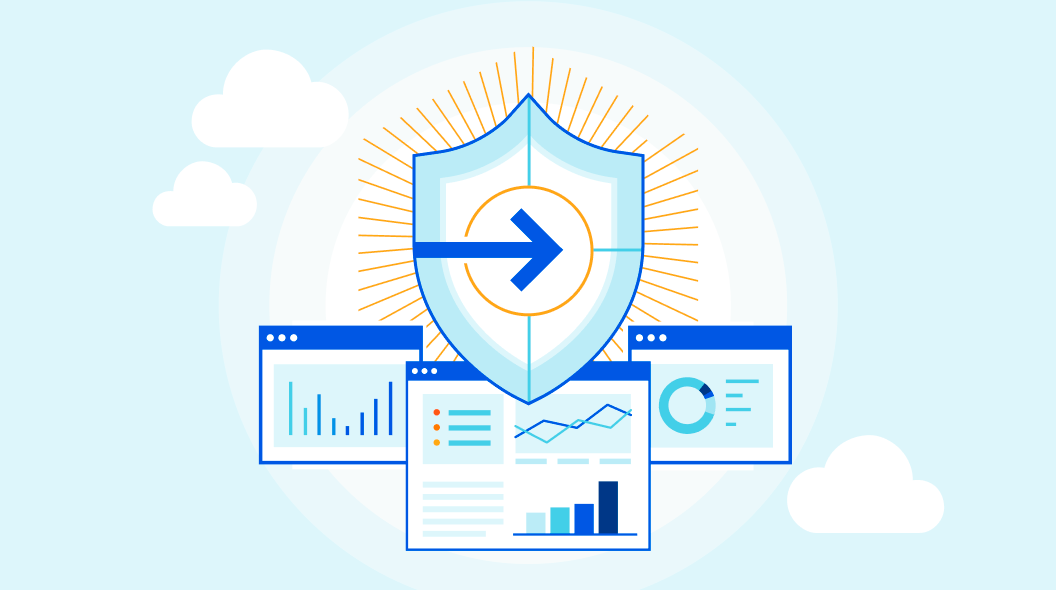

Many companies now believe that Zero Trust is the answer to common perimeter network infrastructure problems. But they sometimes struggle to make the progress they’d like, frequently pushing adoption timelines back.
The most common reason we hear from our customers is: “We aren’t sure how to get started.” There’s a lot of Zero Trust talk in the market, but comparatively little substance — leading to uncertainty about how to proceed.
Businesses need a strategy for tackling Zero Trust adoption and security modernization one step at a time. Cloudflare wants to help. So we’re hosting in-person discussions with security and IT leaders to do just that.
We’re hosting a series of Zero Trust Roadshows in various North American cities. These events will feature Cloudflare executives, industry experts, and other organizations like yours, and focus on ways of breaking the Zero Trust roadmap into manageable pieces, allowing organizations to make steps towards:
- Augmenting (or replacing) a VPN: Provide simple, secure access to resources and maintain a great employee experience, while mitigating risk of lateral movement—a favorite hacker and ransomware tactic.
- Streamlining SaaS security: Empower IT with the visibility and controls of SaaS apps and email they deserve to better care for Continue reading
Automatic (secure) transmission: taking the pain out of origin connection security


In 2014, Cloudflare set out to encrypt the Internet by introducing Universal SSL. It made getting an SSL/TLS certificate free and easy at a time when doing so was neither free, nor easy. Overnight millions of websites had a secure connection between the user’s browser and Cloudflare.
But getting the connection encrypted from Cloudflare to the customer’s origin server was more complex. Since Cloudflare and all browsers supported SSL/TLS, the connection between the browser and Cloudflare could be instantly secured. But back in 2014 configuring an origin server with an SSL/TLS certificate was complex, expensive, and sometimes not even possible.
And so we relied on users to configure the best security level for their origin server. Later we added a service that detects and recommends the highest level of security for the connection between Cloudflare and the origin server. We also introduced free origin server certificates for customers who didn’t want to get a certificate elsewhere.
Today, we’re going even further. Cloudflare will shortly find the most secure connection possible to our customers’ origin servers and use it, automatically. Doing this correctly, at scale, while not breaking a customer’s service is very complicated. This blog post explains how we are Continue reading
Decrypting TLS Traffic with PolarProxy on Client PC
The tutorial provides detailed steps for decrypting HTTPS traffic generated on a client computer with PolarProxy installed. Decrypted traffic is then processed by Wireshark running together with PolarProxy on the same PC. HTTPS is an implementation of TLS encryption on top of the HTTP protocol, which is used by all websites as well as some other web […]Continue reading...
Decrypting TLS Traffic with PolarProxy on Client PC
The tutorial provides detailed steps for decrypting HTTPS traffic generated on a client computer with […]
The post Decrypting TLS Traffic with PolarProxy on Client PC first appeared on Brezular's Blog.
The (hardware) key to making phishing defense seamless with Cloudflare Zero Trust and Yubico
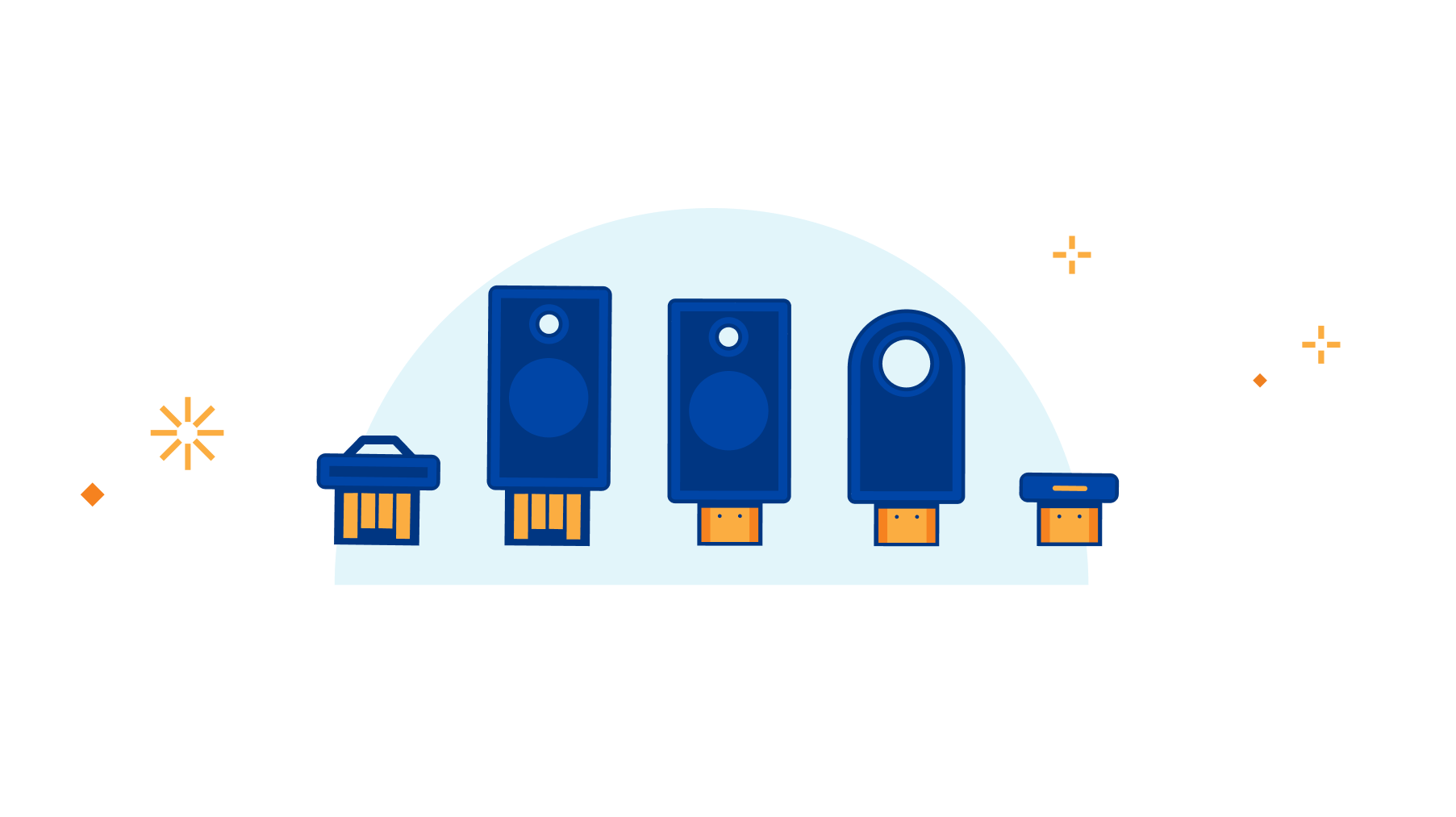
This post is also available in 简体中文, Français, 日本語 and Español.
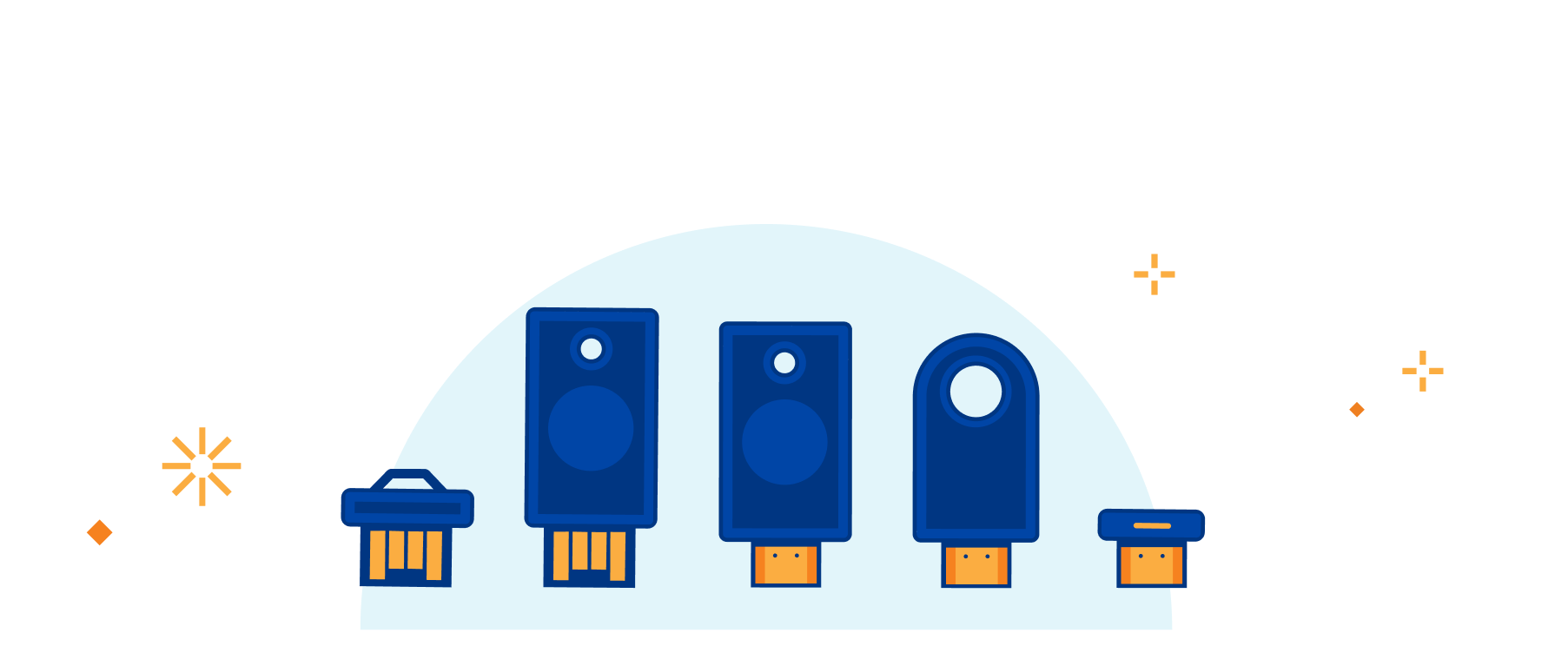
Hardware keys provide the best authentication security and are phish-proof. But customers ask us how to implement them and which security keys they should buy. Today we’re introducing an exclusive program for Cloudflare customers that makes hardware keys more accessible and economical than ever. This program is made possible through a new collaboration with Yubico, the industry’s leading hardware security key vendor and provides Cloudflare customers with exclusive “Good for the Internet” pricing.
Yubico Security Keys are available today for any Cloudflare customer, and they easily integrate with Cloudflare’s Zero Trust service. That service is open to organizations of any size from a family protecting a home network to the largest employers on the planet. Any Cloudflare customer can sign in to the Cloudflare dashboard today and order hardware security keys for as low as $10 per key.
In July 2022, Cloudflare prevented a breach by an SMS phishing attack that targeted more than 130 companies, due to the company’s use of Cloudflare Zero Trust paired with hardware security keys. Those keys were YubiKeys and this new collaboration with Yubico, the maker of YubiKeys, removes barriers for Continue reading
How Cloudflare implemented hardware keys with FIDO2 and Zero Trust to prevent phishing
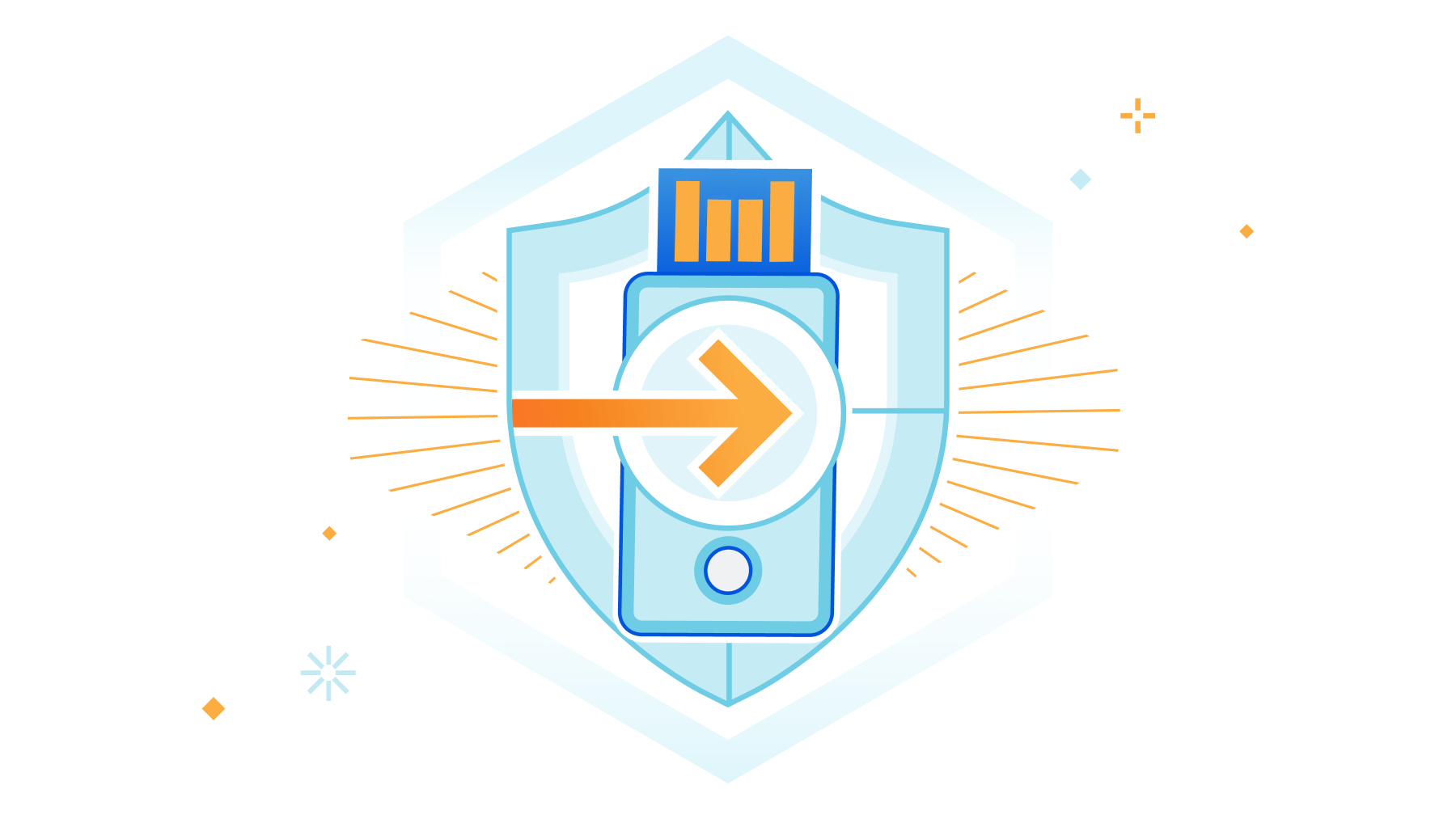
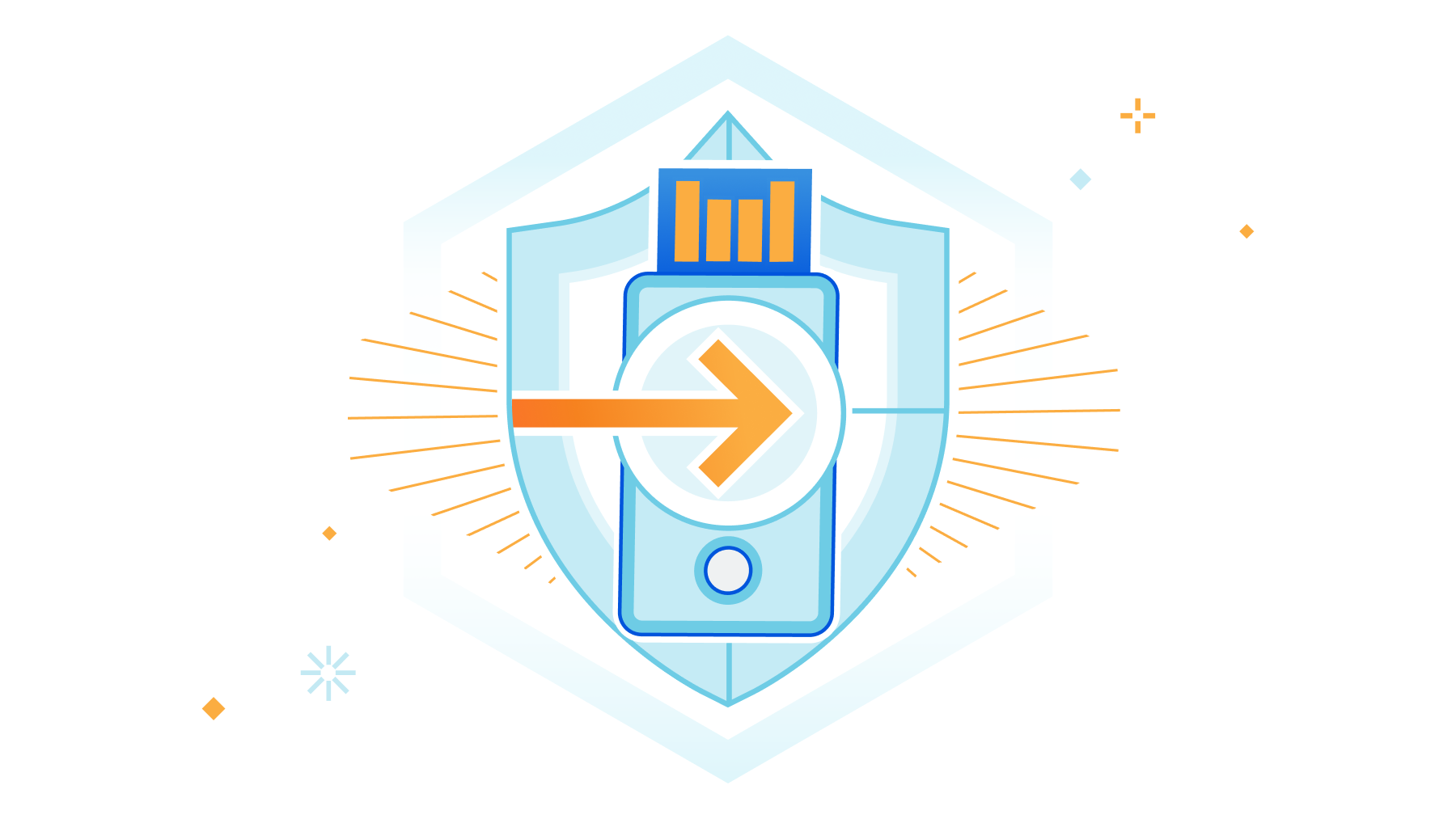
Cloudflare’s security architecture a few years ago was a classic “castle and moat” VPN architecture. Our employees would use our corporate VPN to connect to all the internal applications and servers to do their jobs. We enforced two-factor authentication with time-based one-time passcodes (TOTP), using an authenticator app like Google Authenticator or Authy when logging into the VPN but only a few internal applications had a second layer of auth. That architecture has a strong looking exterior, but the security model is weak. We recently detailed the mechanics of a phishing attack we prevented, which walks through how attackers can phish applications that are “secured” with second factor authentication methods like TOTP. Happily, we had long done away with TOTP and replaced it with hardware security keys and Cloudflare Access. This blog details how we did that.
The solution to the phishing problem is through a multi-factor authentication (MFA) protocol called FIDO2/WebAuthn. Today, all Cloudflare employees log in with FIDO2 as their secure multi-factor and authenticate to our systems using our own Zero Trust products. Our newer architecture is phish proof and allows us to more easily enforce the least privilege access control.
A little about the terminology of Continue reading
Announcing Turnstile, a user-friendly, privacy-preserving alternative to CAPTCHA

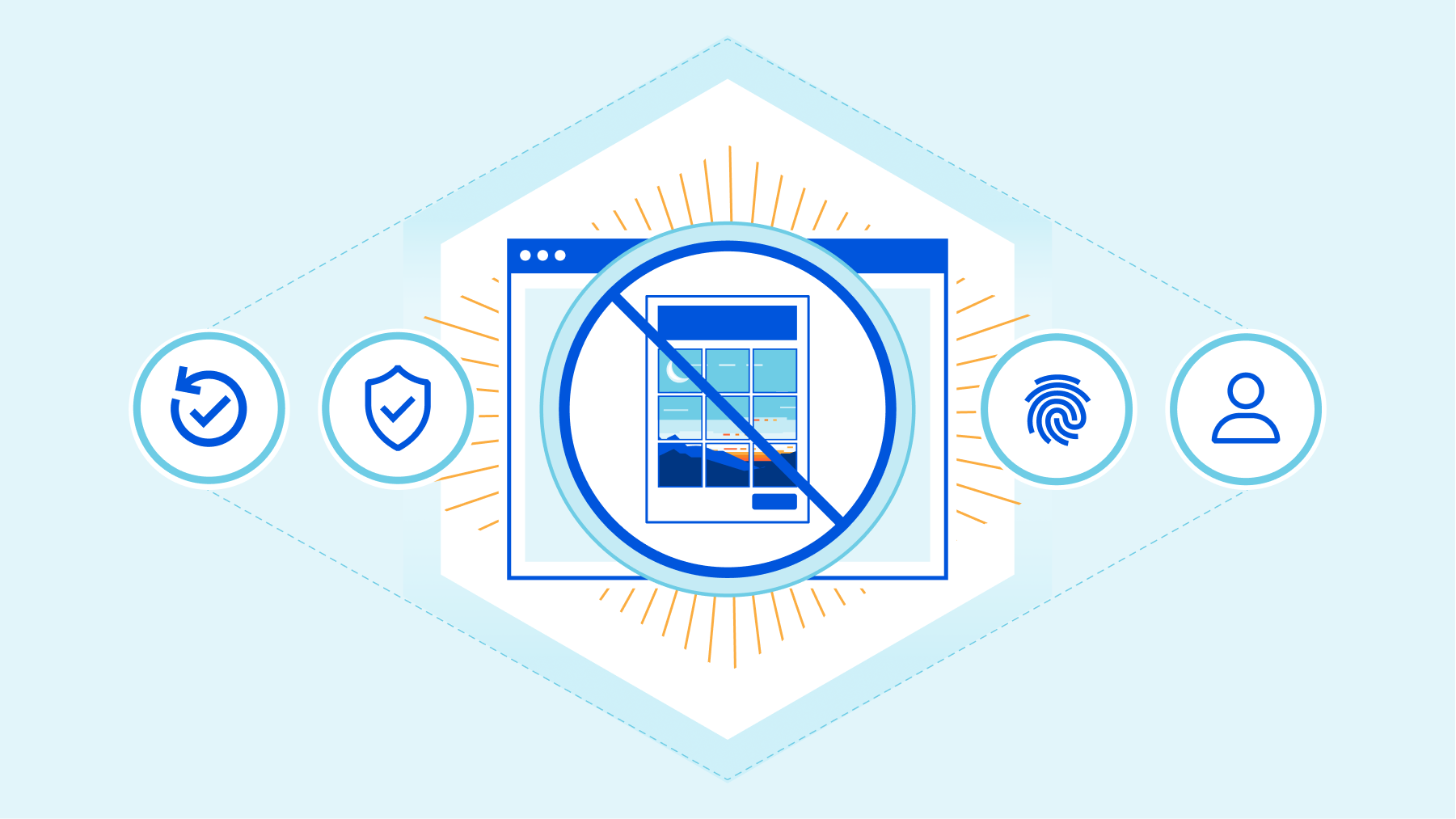
Today, we’re announcing the open beta of Turnstile, an invisible alternative to CAPTCHA. Anyone, anywhere on the Internet, who wants to replace CAPTCHA on their site will be able to call a simple API, without having to be a Cloudflare customer or sending traffic through the Cloudflare global network. Sign up here for free.
There is no point in rehashing the fact that CAPTCHA provides a terrible user experience. It's been discussed in detail before on this blog, and countless times elsewhere. The creator of the CAPTCHA has even publicly lamented that he “unwittingly created a system that was frittering away, in ten-second increments, millions of hours of a most precious resource: human brain cycles.” We hate it, you hate it, everyone hates it. Today we’re giving everyone a better option.
Turnstile is our smart CAPTCHA alternative. It automatically chooses from a rotating suite of non-intrusive browser challenges based on telemetry and client behavior exhibited during a session. We talked in an earlier post about how we’ve used our Managed Challenge system to reduce our use of CAPTCHA by 91%. Now anyone can take advantage of this same technology to stop using CAPTCHA on their own site.
UX Continue reading
Cloudflare named a Leader in WAF by Forrester
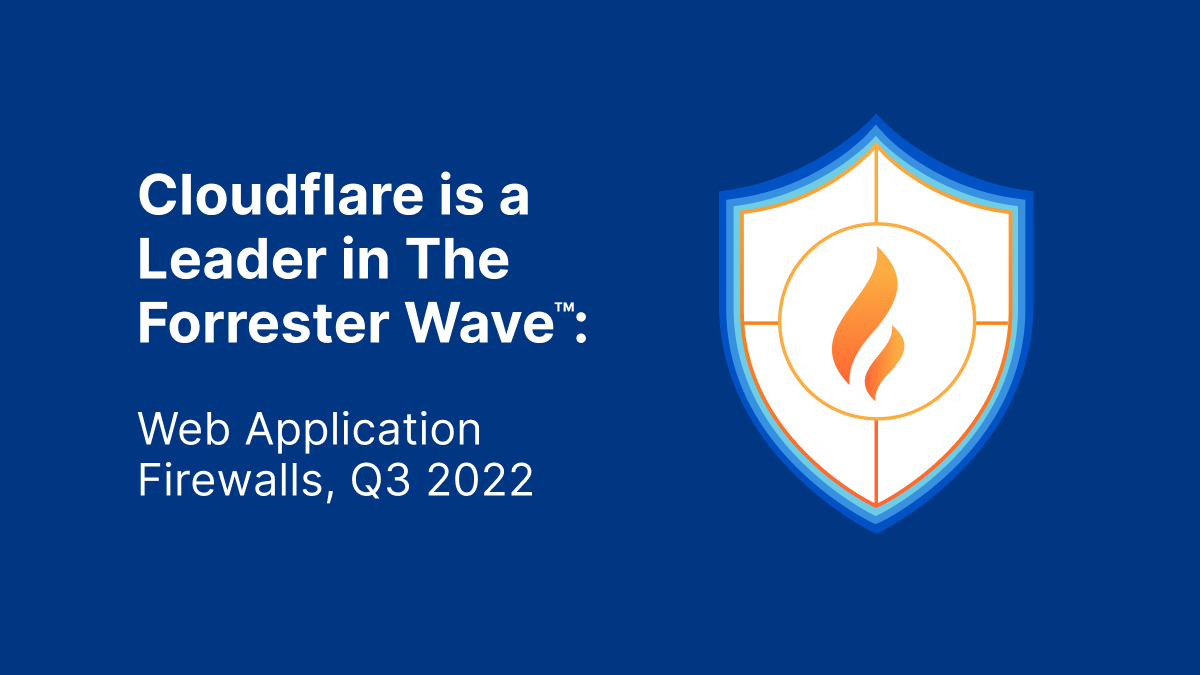
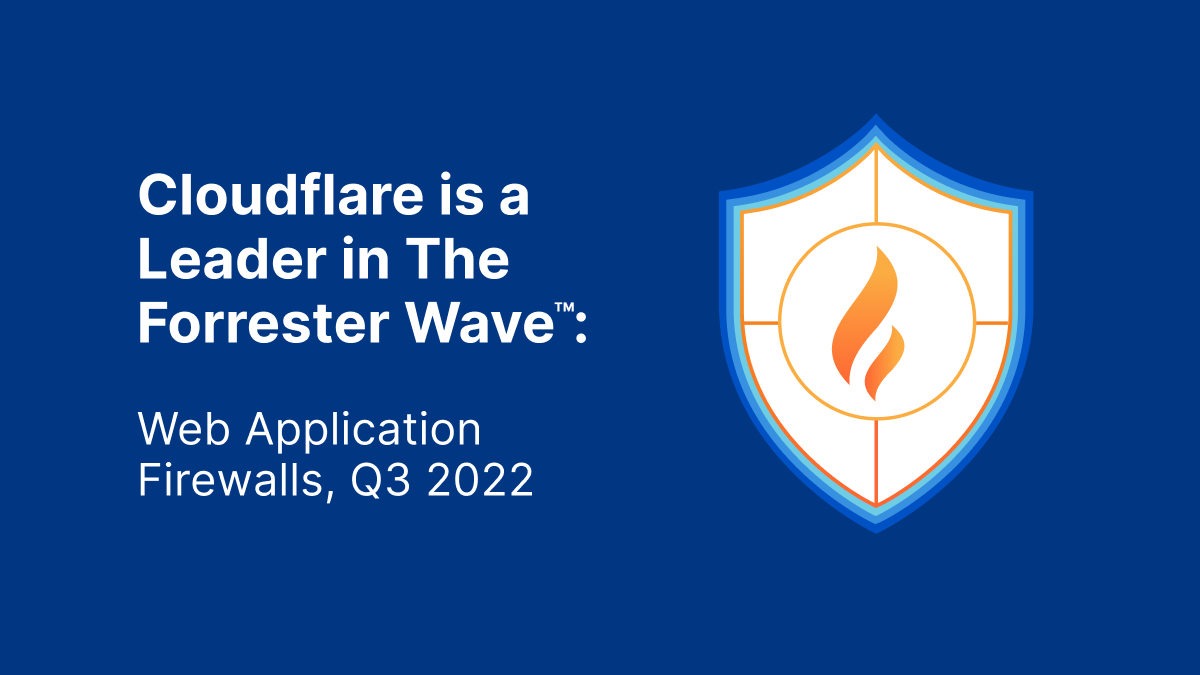
Forrester has recognised Cloudflare as a Leader in The Forrester Wave™: Web Application Firewalls, Q3 2022 report. The report evaluated 12 Web Application Firewall (WAF) providers on 24 criteria across current offering, strategy and market presence.
You can register for a complimentary copy of the report here. The report helps security and risk professionals select the correct offering for their needs.
We believe this achievement, along with recent WAF developments, reinforces our commitment and continued investment in the Cloudflare Web Application Firewall (WAF), one of our core product offerings.
The WAF, along with our DDoS Mitigation and CDN services, has in fact been an offering since Cloudflare’s founding, and we could not think of a better time to receive this recognition: Birthday Week.
We’d also like to take this opportunity to thank Forrester.
Leading WAF in strategy
Cloudflare received the highest score of all assessed vendors in the strategy category. We also received the highest possible scores in 10 criteria, including:
- Innovation
- Management UI
- Rule creation and modification
- Log4Shell response
- Incident investigation
- Security operations feedback loops
According to Forrester, “Cloudflare Web Application Firewall shines in configuration and rule creation”, “Cloudflare stands out for its active online user community and its Continue reading
How to enable Private Access Tokens in iOS 16 and stop seeing CAPTCHAs
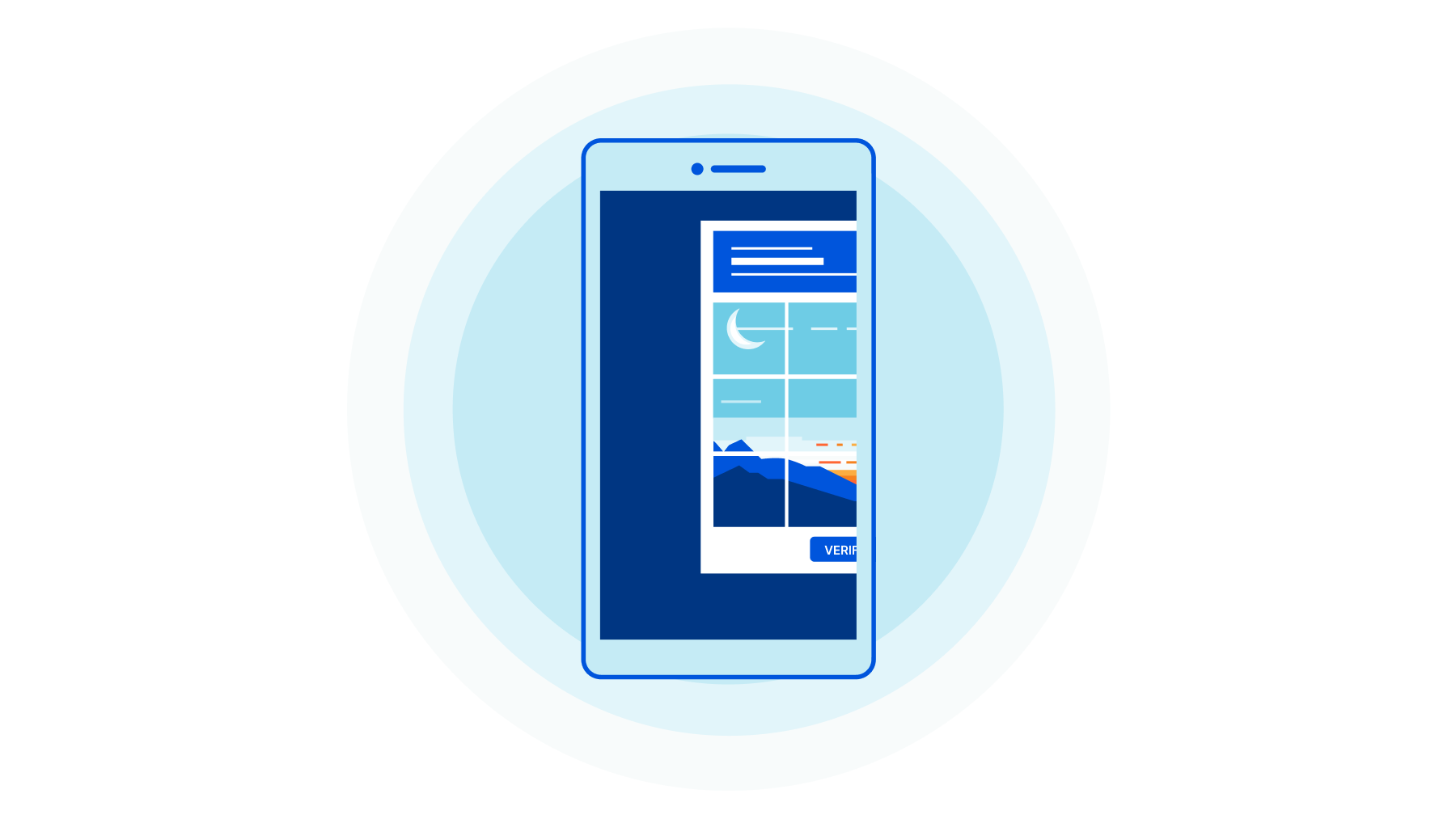
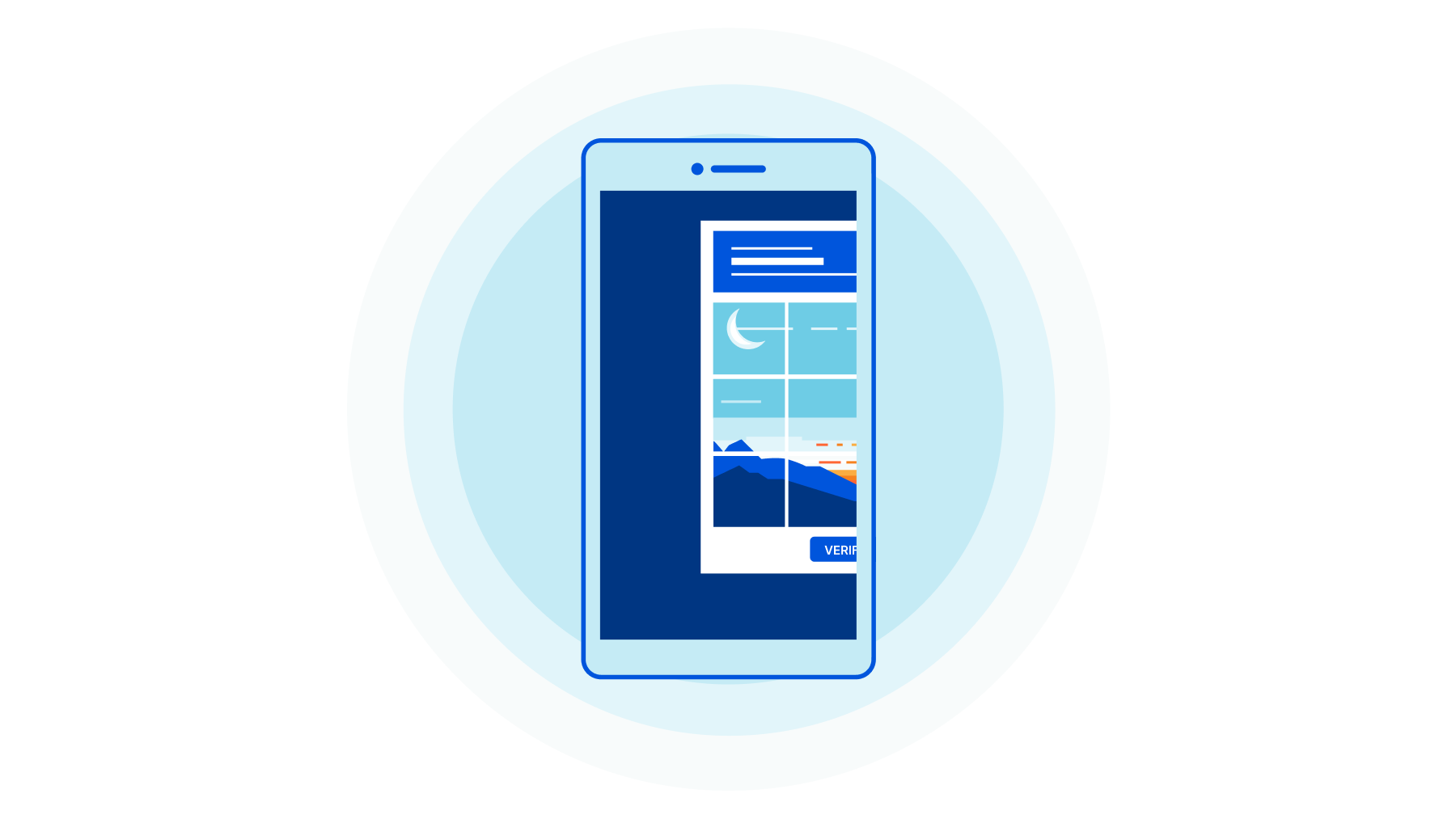
You go to a website or service, but before access is granted, there’s a visual challenge that forces you to select bikes, buses or traffic lights in a set of images. That can be an exasperating experience. Now, if you have iOS 16 on your iPhone, those days could be over and are just a one-time toggle enabled away.
CAPTCHA = "Completely Automated Public Turing test to tell Computers and Humans Apart"
In 2021 and 2022, we took direct steps to end the madness that wastes humanity about 500 years per day called CAPTCHAs, that have been making sure you’re human and not a bot. In August 2022, we announced Private Access Tokens. With that, we’re able to eliminate CAPTCHAs on iPhones, iPads and Macs (and more to come) with open privacy-preserving standards.
On September 12, iOS 16 became generally available (iPadOS 16 and macOS 13 should arrive in October) and on the settings of your device there’s a toggle that can enable the Private Access Token (PAT) technology that will eliminate the need for those CAPTCHAs, and automatically validate that you are a real human visiting a site. If you already have iOS 16, here’s what you should Continue reading
API Endpoint Management and Metrics are now GA


The Internet is an endless flow of conversations between computers. These conversations, the constant exchange of information from one computer to another, are what allow us to interact with the Internet as we know it. Application Programming Interfaces (APIs) are the vital channels that carry these conversations, and their usage is quickly growing: in fact, more than half of the traffic handled by Cloudflare is for APIs, and this is increasing twice as fast as traditional web traffic.
In March, we announced that we’re expanding our API Shield into a full API Gateway to make it easy for our customers to protect and manage those conversations. We already offer several features that allow you to secure your endpoints, but there’s more to endpoints than their security. It can be difficult to keep track of many endpoints over time and understand how they’re performing. Customers deserve to see what’s going on with their API-driven domains and have the ability to manage their endpoints.
Today, we’re excited to announce that the ability to save, update, and monitor the performance of all your API endpoints is now generally available to API Shield customers. This includes key performance metrics like latency, error rate, and Continue reading
Cloudflare Area 1 – how the best email security keeps getting better


On February 23, 2022, after being a customer for two years and seeing phishing attacks virtually disappear from our employee’s mailboxes, Cloudflare announced the acquisition of Area 1 Security.
Thanks to its unique technology (more on that below) Cloudflare Area 1 can proactively identify and protect against phishing campaigns before they happen, and potentially prevent the 90%+ of all cyberattacks that Deloitte research identified as starting with an email. All with little to no impact on employee productivity.
But preventing 90% of the attacks is not enough, and that’s why Cloudflare Area 1 email security is part of our Zero Trust platform. Here’s what’s new.
Email Security on your Cloudflare Dashboard
Starting today you will find a dedicated Email Security section on your Cloudflare dashboard. That’s the easiest way for any Cloudflare customer to get familiar with and start using Cloudflare Area 1 Email Security.
From there you can easily request a trial, which gives you access to the full product for 30 days.
Our team will guide you through the setup, which will take just a few minutes. That’s the beauty of not having to install and tune a Secure Email Gateway (SEG). You can simply configure Area Continue reading
Cloudforce One is now generally available: empower your security team with threat data, tooling, and access to industry experts


Cloudflare’s threat operations and research team, Cloudforce One, is now open for business and has begun conducting threat briefings. Access to the team is available via an add-on subscription, and includes threat data and briefings, security tools, and the ability to make requests for information (RFIs) to the team.
Fill out this form or contact your account team to learn more.
Subscriptions come in two packages, and are priced based on number of employees: “Premier” includes our full history of threat data, bundled RFIs, and an API quota designed to support integrations with SIEMs. “Core” level includes reduced history and quotas. Both packages include access to all available security tools, including a threat investigation portal and sinkholes-as-a-service.
If you’re an enterprise customer interested in understanding the type of threat briefings that Cloudforce One customers receive, you can register here for “YackingYeti: How a Russian threat group targets Ukraine—and the world”, scheduled for October 12. The briefing will include Q&A with Blake Darché, head of Cloudforce One, and an opportunity to learn more about the team and offering.
Requests for Information (RFIs) and Briefings
The Cloudforce One team is composed of analysts assigned to five subteams: Malware Analysis, Threat Continue reading
Video: Testing IPv6 RA Guard
After discussing rogue IPv6 RA challenges and the million ways one can circumvent IPv6 RA guard with IPv6 extension headers, Christopher Werny focused on practical aspects of this thorny topic: how can we test IPv6 RA Guard implementations and how good are they?